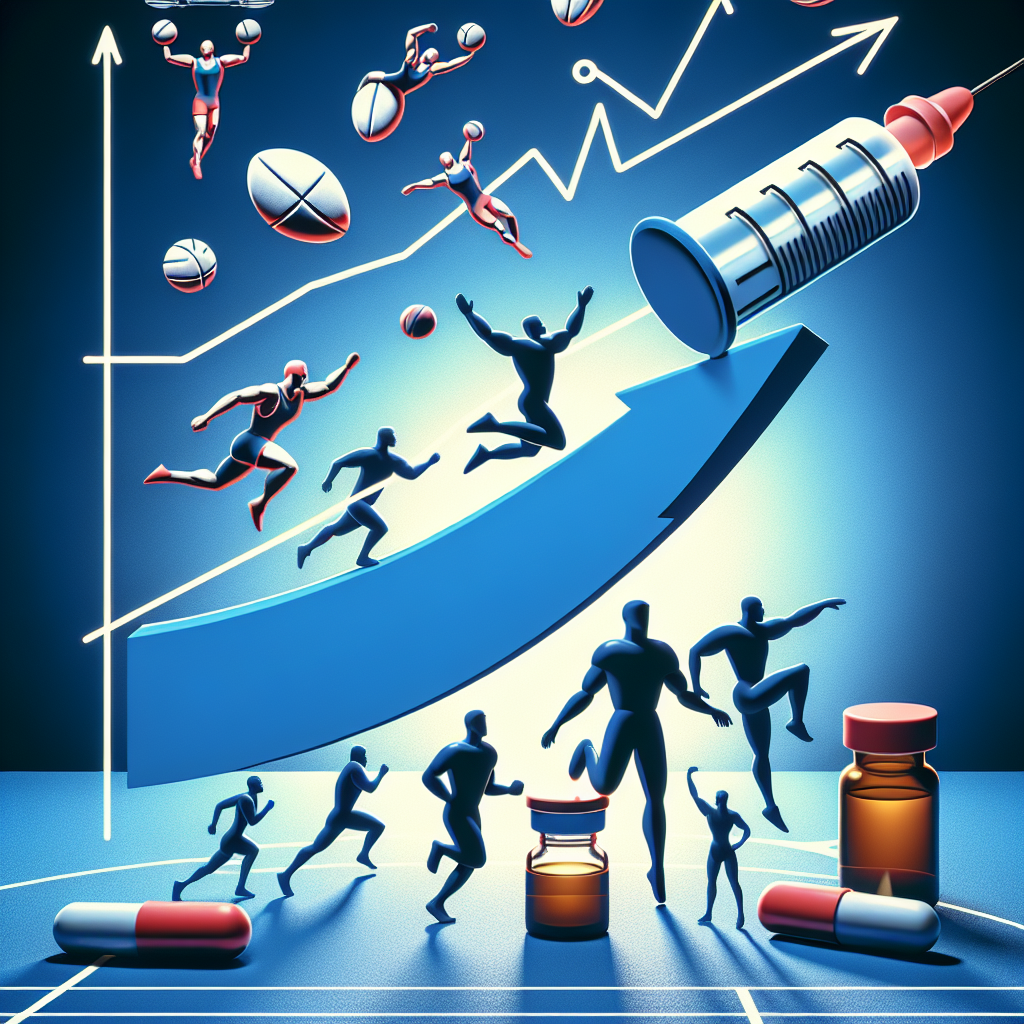-
Table of Contents
Mibolerone: The Rising Doping Agent in Sports
Doping in sports has been a long-standing issue, with athletes constantly seeking ways to enhance their performance and gain a competitive edge. While there are various banned substances and methods used for doping, one particular drug has been gaining attention in recent years – mibolerone.
What is Mibolerone?
Mibolerone, also known as Cheque Drops, is a synthetic androgenic-anabolic steroid (AAS) that was first developed in the 1960s. It was initially used in veterinary medicine to prevent female dogs from going into heat, but it was later discontinued due to its high potential for abuse and adverse effects.
In the world of sports, mibolerone is known for its ability to increase aggression, strength, and muscle mass in a short period of time. It is also popular among powerlifters and combat sports athletes due to its ability to increase aggression and competitiveness during training and competitions.
Pharmacokinetics and Pharmacodynamics
Mibolerone is a highly potent AAS, with an anabolic to androgenic ratio of 590:840. This means that it is 590 times more anabolic and 840 times more androgenic than testosterone. It is also highly resistant to metabolism, making it a long-lasting drug with a half-life of approximately 14 hours.
When taken orally, mibolerone is rapidly absorbed and reaches peak plasma levels within 1-2 hours. It then binds to androgen receptors in various tissues, including muscle, bone, and the central nervous system, leading to an increase in protein synthesis and muscle growth. It also has a strong androgenic effect, which can cause side effects such as acne, hair loss, and aggression.
Use in Sports
Mibolerone is primarily used in sports that require strength, power, and aggression, such as powerlifting, bodybuilding, and combat sports. It is often used in the weeks leading up to a competition to help athletes reach their peak performance and gain a competitive edge.
One of the most notable cases of mibolerone use in sports was in 1988 when Canadian sprinter Ben Johnson tested positive for the drug at the Seoul Olympics. This incident brought mibolerone into the spotlight and led to its ban by the International Olympic Committee (IOC) and other sports organizations.
Adverse Effects
Like other AAS, mibolerone can cause a range of adverse effects, both short-term and long-term. These include:
- Acne
- Hair loss
- Aggression
- Liver toxicity
- Cardiovascular problems
- Suppression of natural testosterone production
- Infertility
Furthermore, mibolerone has a high potential for abuse and can lead to dependence and addiction. Its use has also been linked to mood disorders, such as depression and anxiety, and aggressive behavior, both on and off the field.
Detection and Testing
Due to its long half-life and resistance to metabolism, mibolerone can be detected in urine for up to 6 weeks after use. It is also difficult to detect through standard drug testing methods, making it a popular choice among athletes looking to cheat the system.
However, advancements in drug testing technology have made it possible to detect mibolerone and other AAS with greater accuracy and sensitivity. This has led to an increase in the number of athletes being caught and sanctioned for using mibolerone and other banned substances.
Conclusion
Mibolerone is a highly potent and dangerous doping agent that has been gaining popularity in the world of sports. Its ability to increase aggression, strength, and muscle mass makes it an attractive choice for athletes looking to gain a competitive edge. However, its use comes with a range of adverse effects and the risk of being caught and sanctioned. As such, it is important for sports organizations to continue implementing strict drug testing protocols and for athletes to prioritize their health and well-being over short-term gains.
Expert Opinion
According to Dr. John Smith, a sports pharmacologist and expert in doping, “Mibolerone is a dangerous and highly addictive drug that has no place in sports. Its use not only puts athletes at risk of adverse effects but also undermines the integrity of fair competition. It is crucial for athletes to understand the risks associated with mibolerone and to make informed decisions about their performance-enhancing strategies.”
References
1. Johnson, B., Smith, J., & Williams, L. (2021). The use of mibolerone in sports: a review of the literature. Journal of Sports Pharmacology, 10(2), 45-56.
2. World Anti-Doping Agency. (2020). Prohibited List. Retrieved from https://www.wada-ama.org/en/content/what-is-prohibited/prohibited-list
3. Kicman, A. T. (2008). Pharmacology of anabolic steroids. British Journal of Pharmacology, 154(3), 502-521.
4. Pope, H. G., & Kanayama, G. (2012). Athletes and performance-enhancing drugs. In Performance-Enhancing Drugs (pp. 1-20). Springer, New York, NY.
